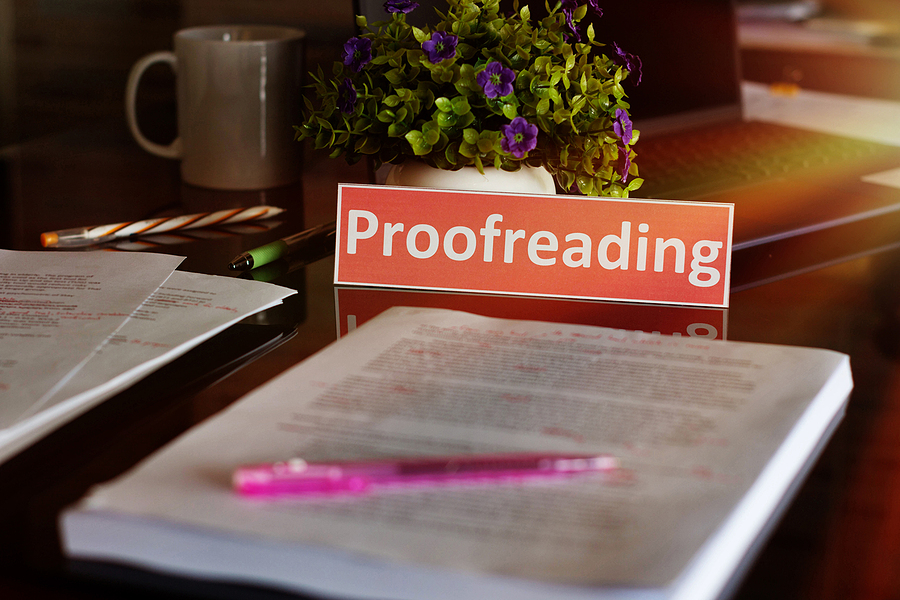Proofreading might seem like one of the simplest tasks to put the finishing touches on a text. However, it is not quite as easy as that as it requires attention to detail which means the proofreader has to be completely focused and may need his/her critical thinking skills to ensure the grammar and semantics are just right.
Why proofreading is so important
Proofreading is important as it helps to improve the quality and readability of documents as it ensures the writing is presented professionally and is free of errors. Proofreading includes the reviewing of grammar, correcting the use of language, and ensuring the text is correctly formatted.
When to proofread
Proofreading is at times confused with editing but this involves revising the document when there are often major changes that need to take place to ensure that the goals, the accuracy of information and the tone suits the text type. Once this step has been completed then the proofreading begins. By proofreading, the proofreader checks that the final content is totally free of both linguistic & formatting errors.
8 best techniques to use when proofreading
1. Print a hard copy of the document
Many proofreaders find it much easier to proofread a physical document and it can be moved easily from one place to another.
2. Read the text aloud
Reading the text out loud ensures that every word and punctuation mark is heard spoken. It also reveals awkward sentences which will sound more clumsy when read aloud. It is possible to use a computer’s text-to-voice feature so that the document can be read out to the proofreader.
3. Keep the text within the business’s style standard
Most businesses have created style standards for their documents. These should be provided to the proofreader for guidance. They may include special spelling protocols that need to be consistent amongst all the business’s text documents.
4. Removal of excess words
Formal writing is typically direct and concise. This means excess words, such as the use of adverbs and adjectives may remove the intended message. The text should be proofread so that such excess words are removed as they add no real value to the text. Some critical thinking may be required to ensure the proofreader has done the best possible job.
5. Removal of jargon
Any specialized terminology or even acronyms should not be used too much, particularly in business writing. When they are used they should be explained to the potential reader. Terms that a reader may find difficult must be removed and substituted with more accessible words.
6. Checking of sentence structure
A genuine sentence typically is composed of a subject and verb, while expressing a completed thought. This means eliminating any run on sentences or sentences that are just fragments. If these occur too frequently in the text it makes the whole document appear unappealing and disjointed.
7. Reviewing the flow and sequencing of a text
The proofreader may have to use some critical thinking skills to make sure the ideas presented in the text are logically sequenced and flow well. Also there needs to be consistency in image numbering, presentation of information in tables and appendices. The general presentation of the text needs to be adjusted if required. At times a proofreader just has to take the text and do the best they can with it which could mean stepping out of the boundaries of what a proofreader is usually expected to do.
8. Use of software
If there is any technology that can be called a proofreaders friend and that is proofreading software. However, the spell and grammar checks found within Word don’t always pick up all the mistakes so should not be depended on. It is important to pick well-reviewed software and not the cheapest on the shelf.




